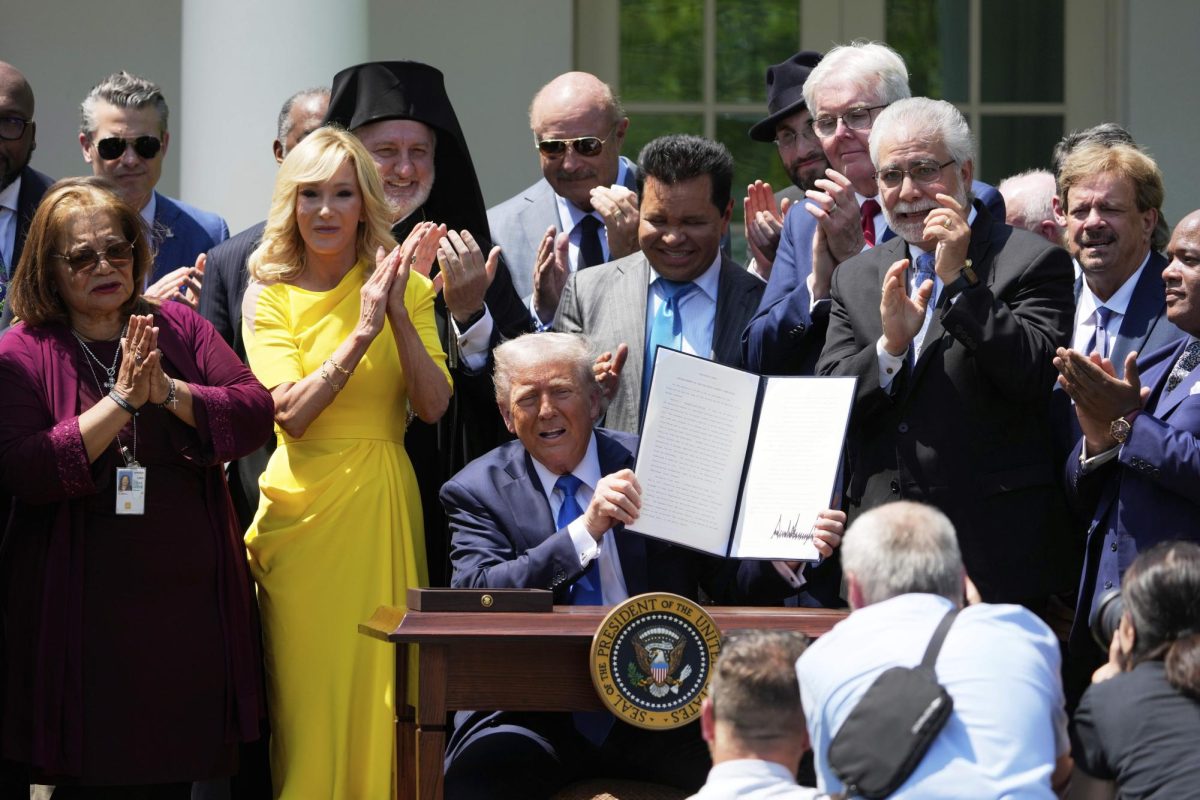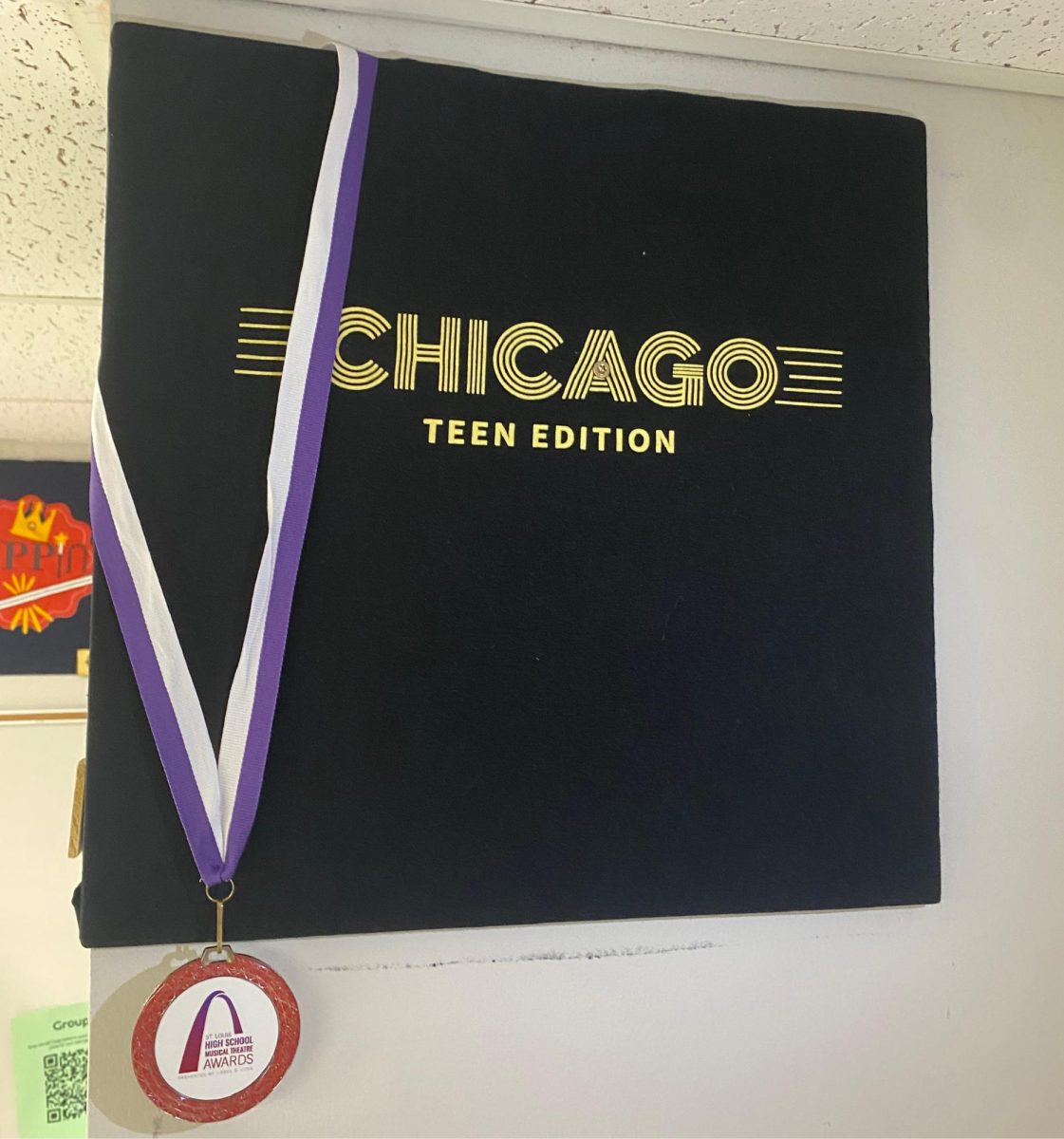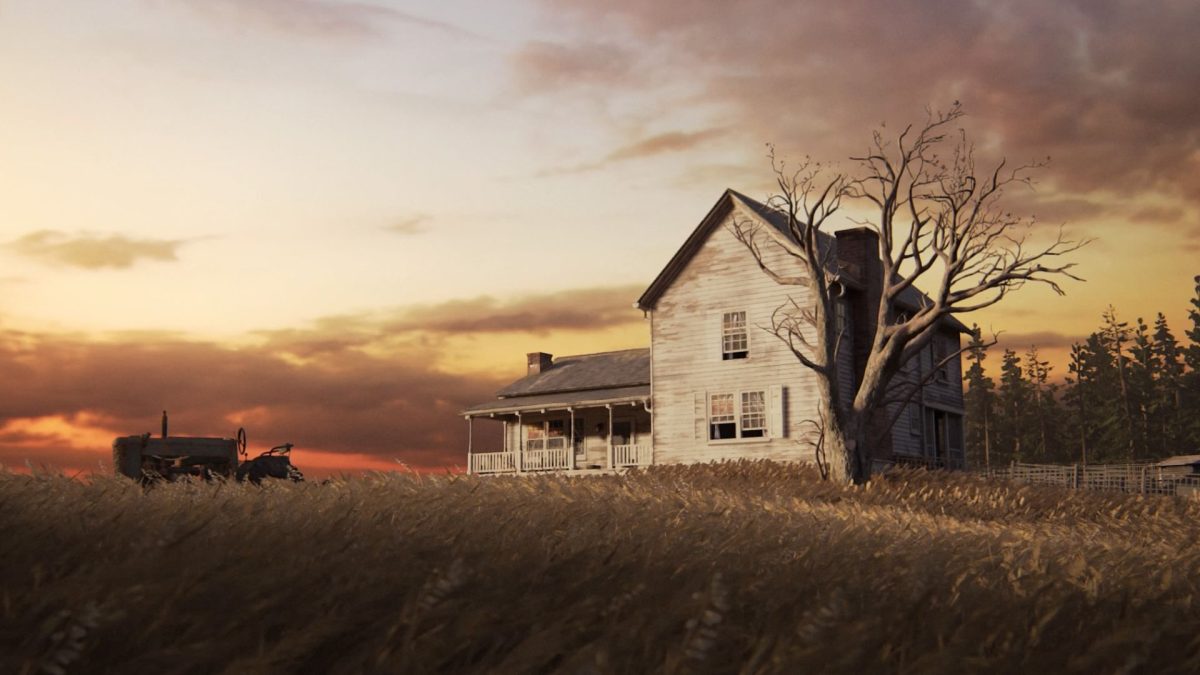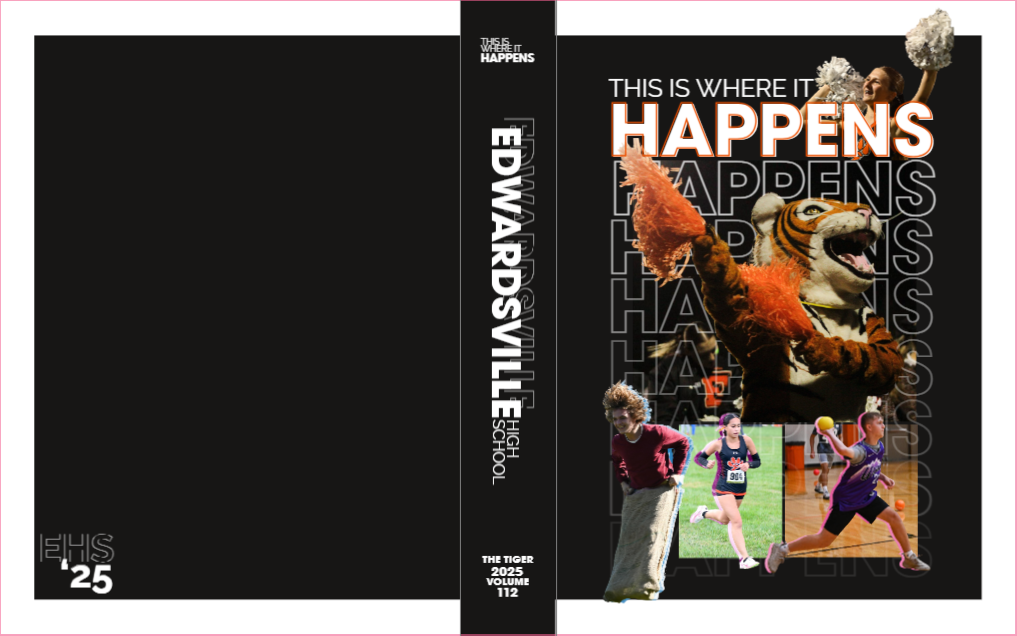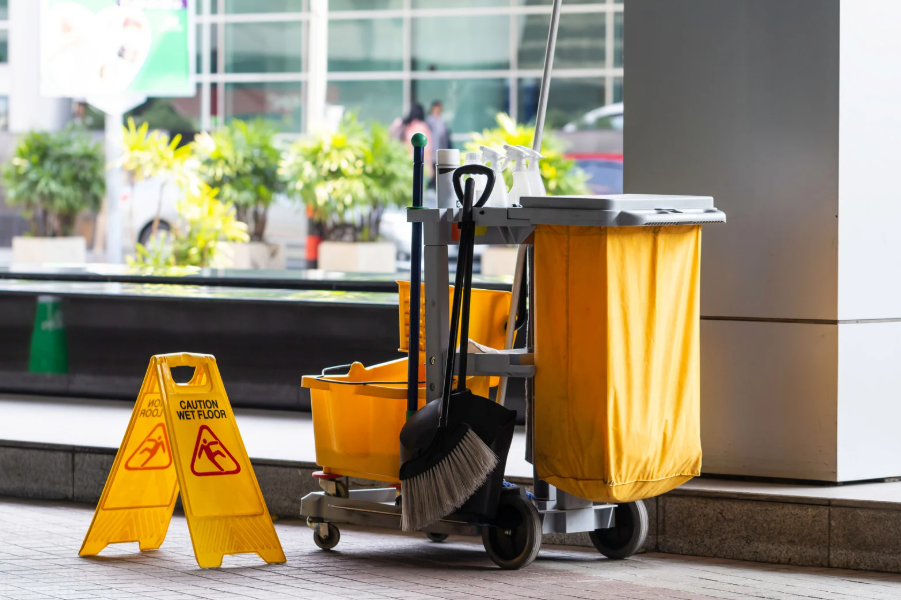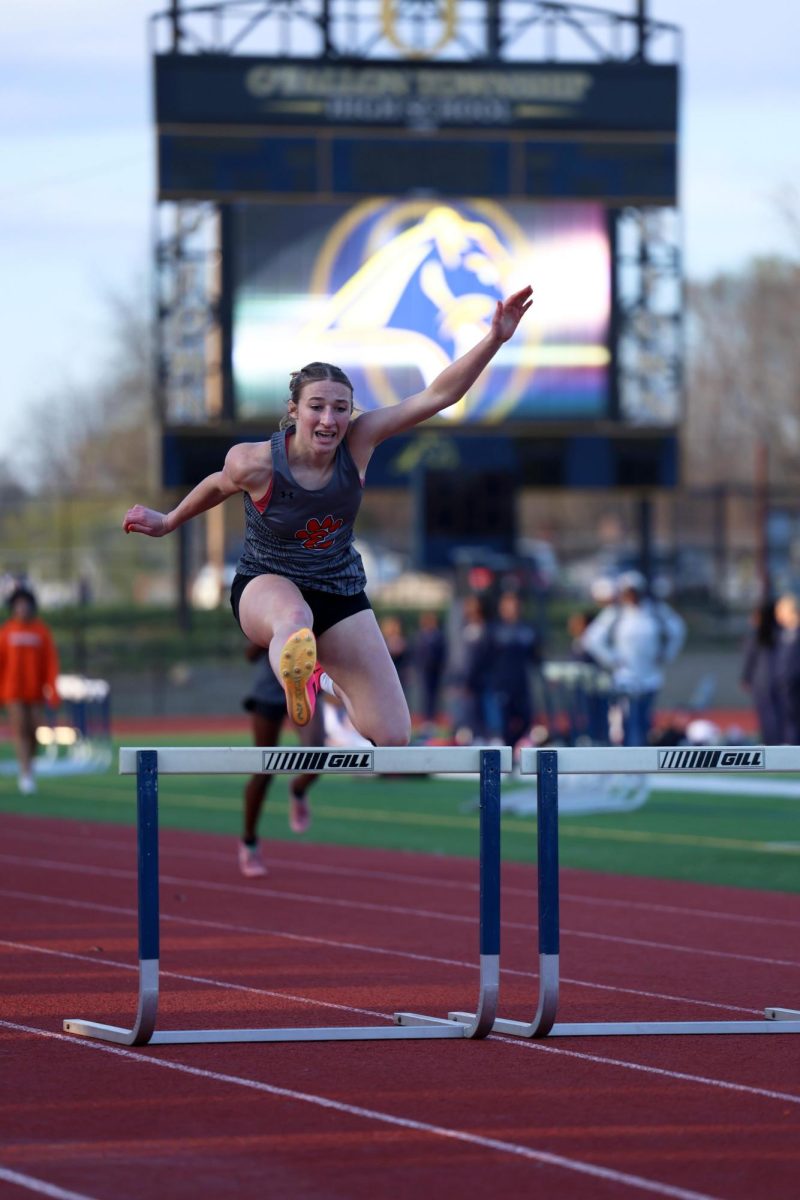Live Music Struggles to Survive Amid COVID-19 Pandemic
November 6, 2020
The COVID-19 pandemic has put live music on its deathbed.
Yet, despite social-distancing restrictions, many are trying to breathe life into the dying industry.
Artists all over the world depend on live performances to make a living off their music; venue owners depend on artists performing regularly to turn a profit. Music listeners enjoy going to concerts and seeing artists perform their favorite music live.
According to NPR, 90% of indie music venues could disappear without intervention from the government.
Sadly, the outbreak of COVID-19 has destroyed the dynamic between artists, venues, and concertgoers. Due to stay-at-home orders and various other government restrictions, holding large concerts has been exceedingly difficult during the pandemic.
“My buddy Robbie and I were planning on going to around 12 concerts from March to May, all of which were canceled” senior Kelton Lee said. “I was very disappointed.”
With heavy restrictions placed on concerts, the future of live music looks dreary. Although many of these restrictions have been relaxed, artists and venues are still trying to cope with the issues brought on by COVID-19.
However, some people are finding ways to prevent the live music industry from failing.
In some states, such as Tennessee, Texas, and Indiana, indoor venues have made somewhat of a return, but not without major limitations.
Most indoor venues must reduce capacity significantly to operate, so socially distanced shows are much less lucrative than those at full capacity. For example, the massive Ryman Auditorium in Nashville has hosted audiences as small as 125 guests, according to Rolling Stone.
The nature of COVID-19 makes it so that indoor venues are inherently less safe than outdoor locales; wind, open-space, and other natural factors reduce the risk of COVID-19 transmission outside.
Because of this, outdoor performances are growing in number. According to NPR, concert and private event company City Winery is moving towards outdoor event models, such as its Concerts in the Vineyard project.
This increase in outdoor performances does not only include those with ground seating, as drive-in concerts are also becoming more prevalent.
Live Nation, another major concert company, has experimented with drive-in concerts, hosting drive-in shows all over the nation featuring artists such as Brad Paisley, Jon Pardi, Darius Rucker and Nelly, according to Rolling Stone.
In some instances, artists have abandoned in-person performances in favor of virtual concerts. Major artists such as BTS, Travis Scott and Joji have offered exclusive, monetized virtual performances that are livestreamed on online platforms.
Despite all the adaptation the industry has undergone during the pandemic, the future of live music still looks bleak. Artists and venues simply aren’t earning as much as they used to from live shows, and, unless the live music business receives much-needed federal aid, it is uncertain if they can stay afloat.



